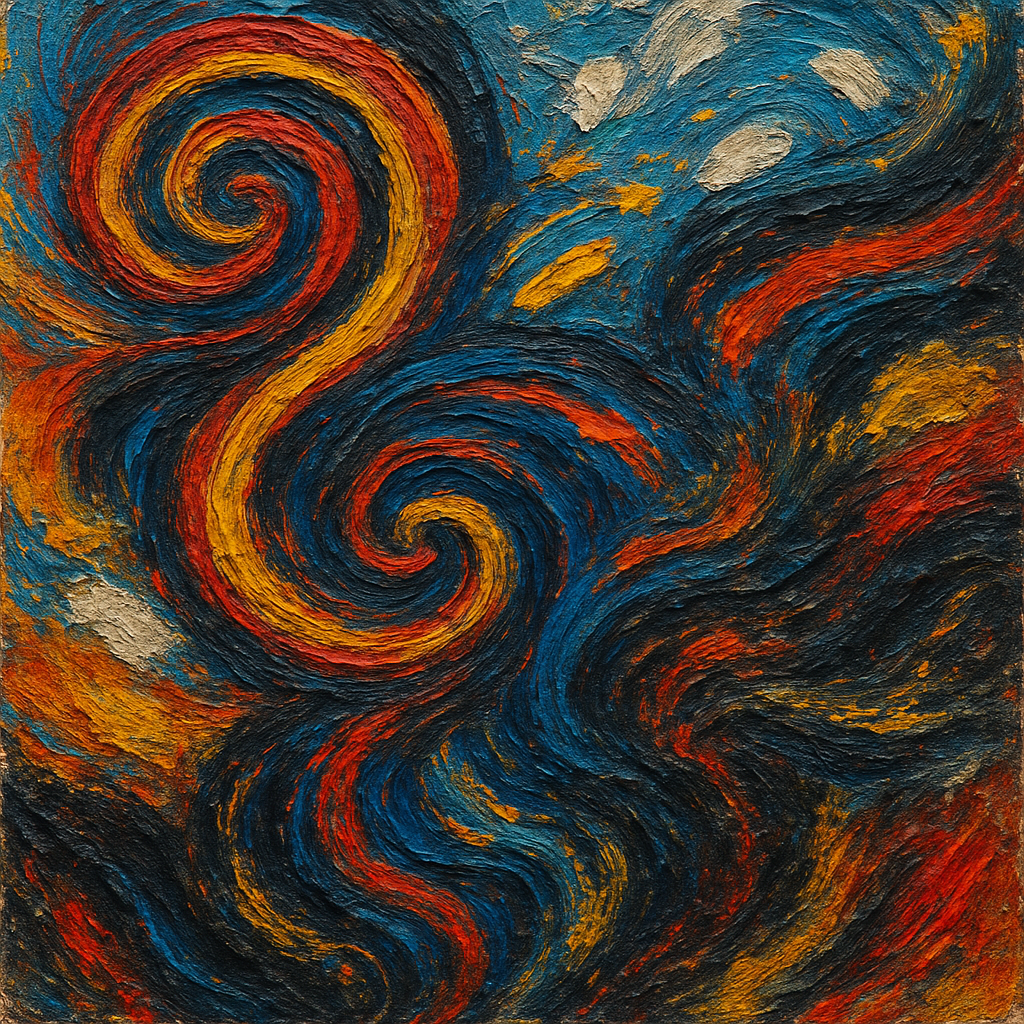all art shares a root
There’s a core to every creative pursuit—as if they all drink from the same underground spring. Go deep in one, and you’re tapping at the root of them all.
Wherever you start—music, painting, theater, storytelling—the journeys mirror one another. The shapes repeat:
- The awkward courage of beginning.
- The question of timing: early, late, ready, not ready.
- The social incentives that tug (and occasionally warp) your choices.
- Feedback that can lift you or flatten you.
- The risk of exposure.
- The power and vulnerability of finishing and saying, “This is the best I have right now.”
All of it is the same human creative force, the same reflection of the Divine. They call God the Creator—how could creativity not echo that divine attribute?
For years, I resented distraction. I wanted a single, magnified focus. I told myself I didn’t have the cushion—no family safety net, no promise of a soft landing—so I chose the work that paid. I still went deep: a conservatory education, study abroad, serious hours in the practice room. And yet, under the discipline, a fear hummed: If I don’t specialize with monastic devotion, my music will suffer. I’ll never reach the thing I hear in my head.
What I’ve been learning, unexpectedly, is that other forms of making aren’t competitors. They’re allies. Writing prose. Solving problems. Studying a language. These don’t siphon my music; they strengthen my musical identity. They build the same muscle from different angles.
A moment from school crystallized this. I won a grant to study flamenco in Spain for a summer—long enough to explore a new musical tradition, not long enough to master anything. I told a classical trombonist friend. His face did a thing between shock and concern.
“What are you doing? If you want to be great, you can’t be gallivanting. You need eight hours a day in the room: scales, arpeggios, the fundamentals. Focus. This is a distraction. It’s a mistake.”
It scared me because my venture then sounded responsible. It sounded like sacrifice. But I went.
And when I came back—after lessons with real flamenco artists, after absorbing compás and history and language—I didn’t feel behind. I felt richer. I brought something home my classical and jazz friends didn’t have: different rhythms, different phrasing, different ways of hearing. Like returning with spices from far away—familiar food, new heat.
It wasn’t a detour. It was cross-pollination.
This shows up in my daily writing, too. Some mornings the musician in me knocks on the door and asks, “Why aren’t you practicing? Why aren’t you composing? Have you abandoned me?” But writing is not abandonment. It’s alignment.
Writing sharpens my ear for lyrics. It clarifies thinking. It trains the discipline of showing up without guaranteed reward, of offering work to something larger just because I love it. If you overdevelop one muscle, the body becomes misshapen. A healthy creative body develops in proportion.
And when I return to the next musical project with devotion, I’ll bring everything this practice taught me: clearer language, steadier attention, renewed courage to finish and say, “This is my best right now.”
So if you’re a creative who feels guilty for not focusing on one thing—or afraid that a “side” practice will dilute your main craft—try a different framing:
- Creation is creation. Work at the root feeds every branch.
- Treat the “other” practice with real devotion. Don’t dabble; commit.
- Expect unexpected gifts. You can’t predict which doorway opens the room you needed.
Not every path will look responsible from the outside. Sometimes you will leave the practice room to learn a rhythm your teachers never taught you. Sometimes you will write sentences that one day become songs.
It is not a distraction. It is training at the core.
Create—whatever you’re creating—and trust that there are treasures to transpose from one art to another.
